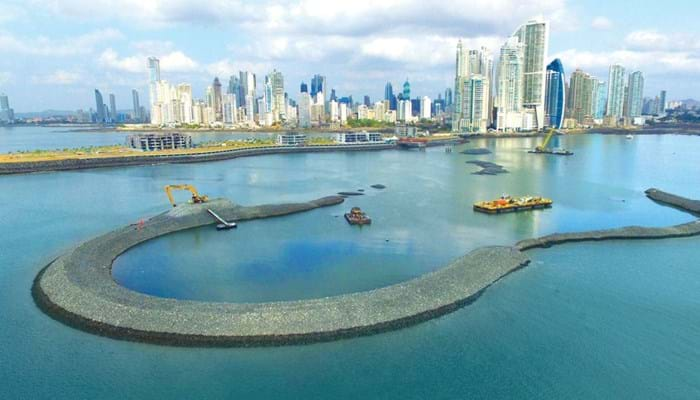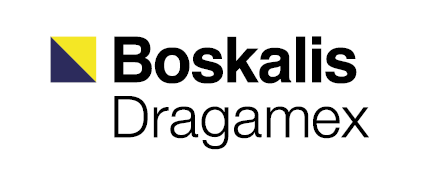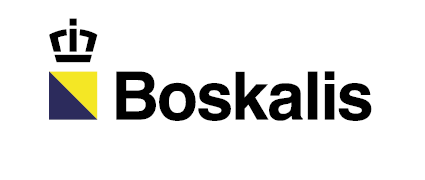Boskalis is a global expert in sustainable and cost-competitive land reclamation. We use various techniques to reclaim land and protect shorelines using our state-of-the-art fleet of dredging vessels and specialized equipment. Soil can be improved through drainage and compacting techniques in preparation of the construction of airport runways, commercial and industrial areas, wind parks and recreational areas.
New land thanks to economically and ecologically sound solutions
With years of experience, we can handle the entire process – from feasibility study through to project completion. Our state-of-the-art dredging vessels and specialized equipment ensure performance and cost efficiency. Their large capacity means that land can be reclaimed at an attractive cost. Similarly, our innovative soil consolidation and compacting techniques enable you to considerably reduce construction time and save costs. We can even provide financing assistance thanks to our close relations with financial institutions.
Re-use of sand and sediment
Our aim is to re-use as much of the sand as possible for land reclamation when deepening waterways and ports. Not all the sand that we wish to use for this purpose is suitable, but thanks to innovations and research we are now able to re-use sand and sediment that was previously unusable. The innovative building with silt on the Marker Wadden nature restoration project is a good example of this.
Let's talk
Dredging
For dredging and infrastructure related queries contact our Dredging department.















